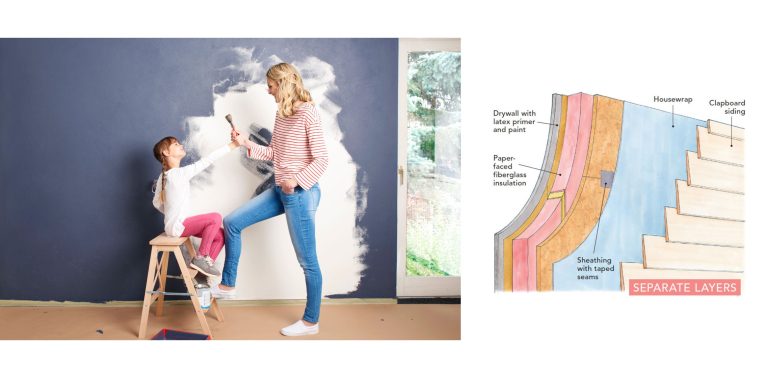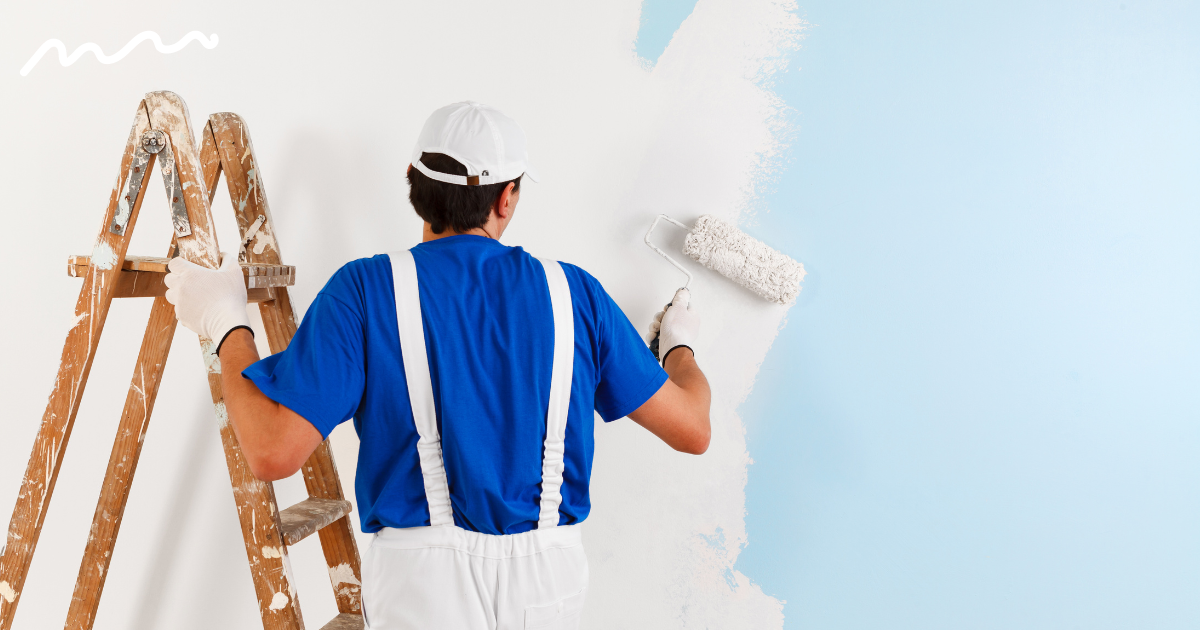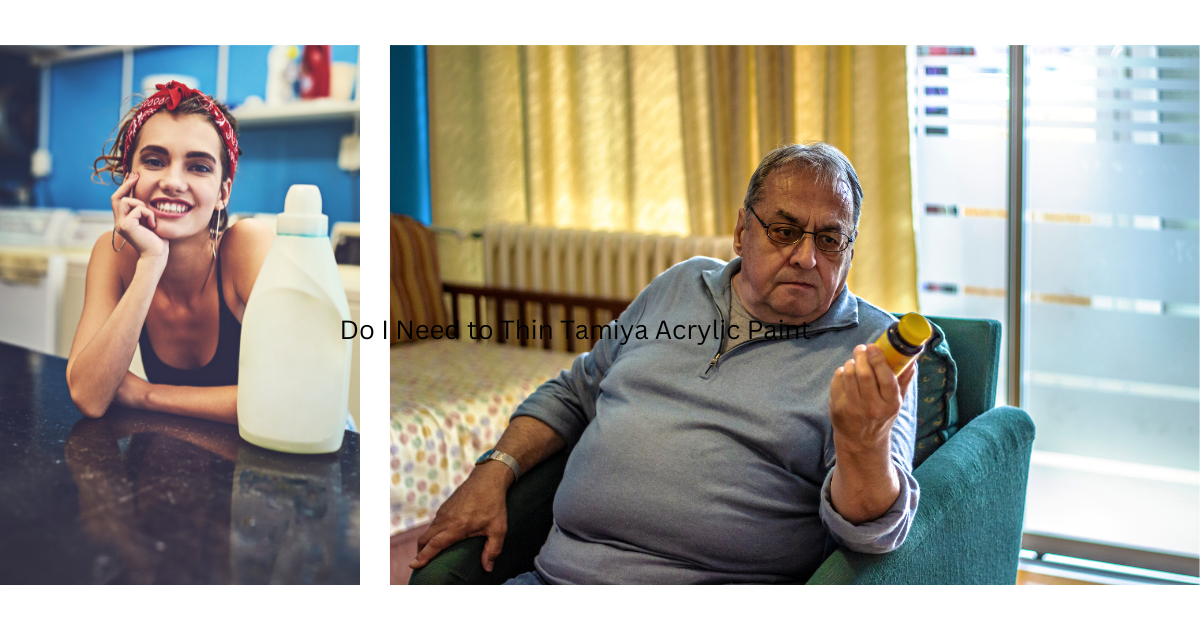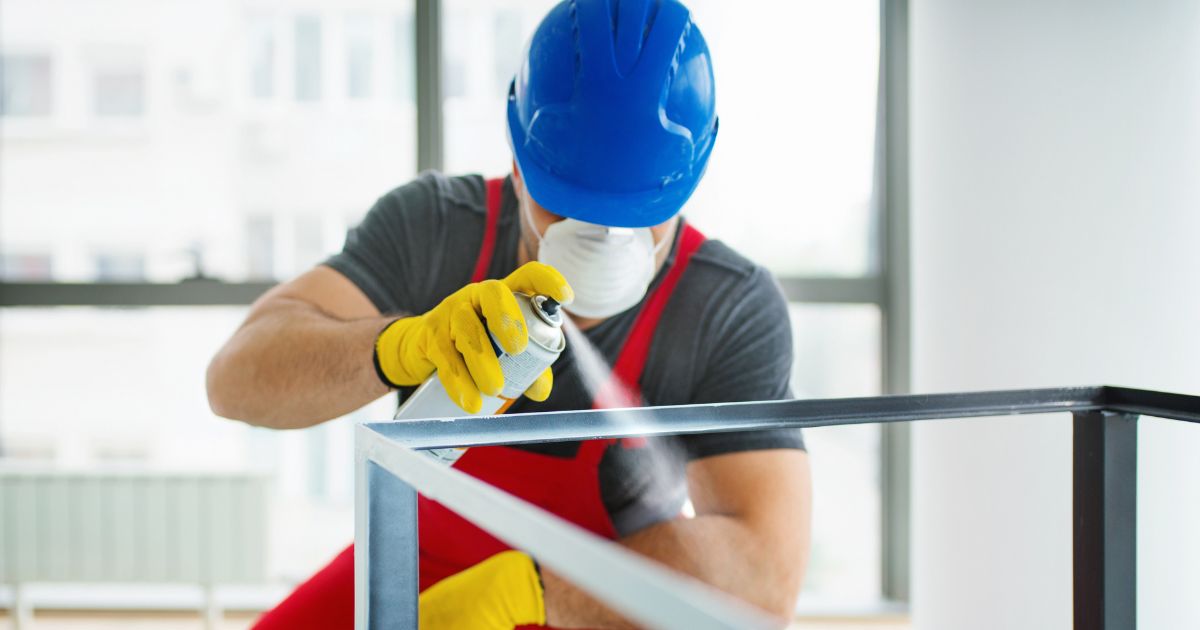A fresh coat of paint can do wonders for a room, but how many layers of paint are too many? When it comes to how many layers of paint on a wall, there is no definitive answer. The thickness of the paint, the type of paint, the condition of the wall, and the desired finish all play a role in deciding how many coats of paint to apply.
Two Coats of Paint vs One Coat of paint on Interior Walls
If you’re considering adding a new layer of paint to your walls, you may be wondering how many layers of paint they can handle. The short answer is that most walls can support at least three layers of paint, but there are a few things you should keep in mind before adding another coat. First, if the previous layers of paint are starting to peel or flake, it’s best to remove them before adding a new layer.
This will help ensure that your new paint job adheres properly and doesn’t end up peeling as well. Second, if you’re painting over a dark color with a light one, you may need to use a primer to help the new paint color show up properly. This is especially true if you’re painting over a very dark color with a white or light-colored paint.
Finally, keep in mind that adding additional layers of paint will increase the overall thickness of the paint on your walls. This can affect how well your walls insulate and may require you to adjust your trim accordingly. Overall, adding an extra layer of paint to your walls is usually not a problem.
Just keep these few things in mind and you’ll be able to enjoy your freshly painted walls in no time!
Too many layers of paint on walls
If you have ever painted a room in your home, you may have noticed that it can be difficult to get even coverage on the walls. Paint often goes on thicker in some areas and thinner in others, which can leave an uneven appearance. When this happens, it is often tempting to add another layer of paint to even things out.
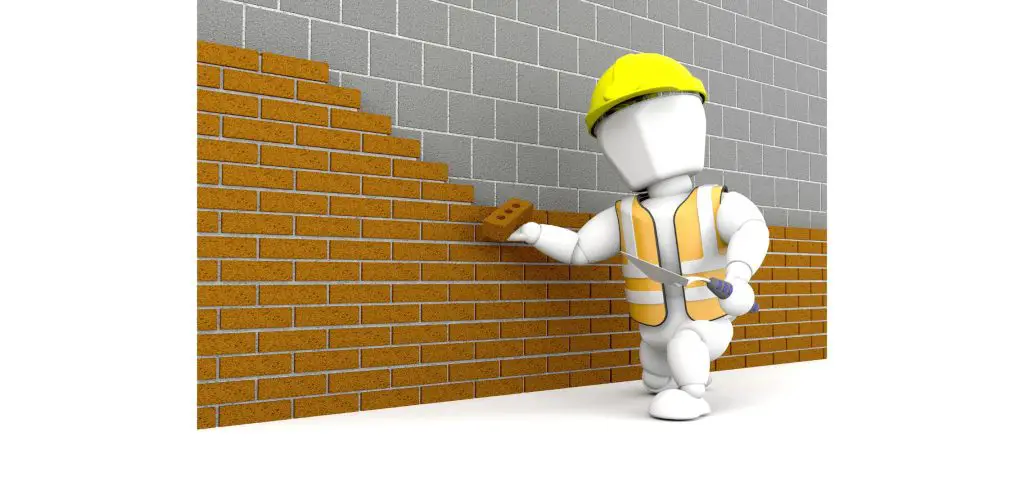
However, you may be surprised to learn that adding additional layers of paint to your walls is not always the best solution. In fact, painting over existing paint can actually make the problem worse. Each new layer of paint adds weight to the walls, which can cause the paint to crack or peel.
Additionally, the new paint will not always adhere to the old paint, resulting in an uneven appearance. If you find yourself with walls that have too many layers of paint, the best solution is to remove the old paint before applying new paint. This can be a time-consuming and messy process, but it is the only way to ensure that your new paint job looks its best.
How many coats of paint on a wall is too many?
There is no definitive answer to this question as it depends on a number of factors, such as the type of paint being used, the surface being painted, the color of the paint, the desired finish, etc.
That said, generally speaking, more than three coats of paint on a wall is generally considered to be too many. This is because each additional coat of paint adds to the thickness of the paint layer, which can eventually lead to problems such as cracking, flaking, or peeling.
Additionally, each coat of paint needs to be properly dried and cured before the next coat is applied, so applying too many coats of paint can significantly extend the overall project timeline.
Can you put 3 coats of paint on a wall?
It is not advisable to put more than two coats of paint on a wall. Three coats of paint will make the surface too thick and may cause the paint to crack or peel.
Can you put too many layers of paint on a wall?
If you put too many layers of paint on a wall, the paint will start to crack and peel. This is because the paint is not able to breath and the layers of paint are not able to dry properly.
Do you always need 2 coats of paint?
When painting a room, the general rule of thumb is that you will need two coats of paint. This is true for both wall and ceiling surfaces. The exception to this rule is if you are painting over a dark color with a light color; in this case, you may be able to get away with just one coat of paint.
The same goes for painting over a glossy surface; you may only need one coat of paint in this case as well. Another factor to consider is the type of paint you are using. If you are using a latex paint, it will typically cover better than an oil-based paint and may only require one coat.
On the other hand, an oil-based paint will often require two coats for proper coverage. Ultimately, the best way to determine if you need two coats of paint is to simply paint a test patch on the wall or ceiling in question. Once the paint dries, take a close look at the coverage.
If it looks good, then you can proceed with just one coat. If not, then you will need to apply a second coat.
Conclusion
If you’re wondering how many layers of paint are on your walls, the answer could be anywhere from one to several. It all depends on the age of your home, the type of paint that was used, and how many times the paint has been applied. If you live in an older home, it’s likely that there are multiple layers of paint on the walls.
The number of layers will depend on how often the paint was applied and what type of paint was used. latex paint is thinner than oil-based paint, so it’s more likely to have multiple layers. If you’re not sure how many layers of paint are on your walls, you can always hire a professional to take a look.
They’ll be able to tell you how many layers there are and what type of paint was used.

